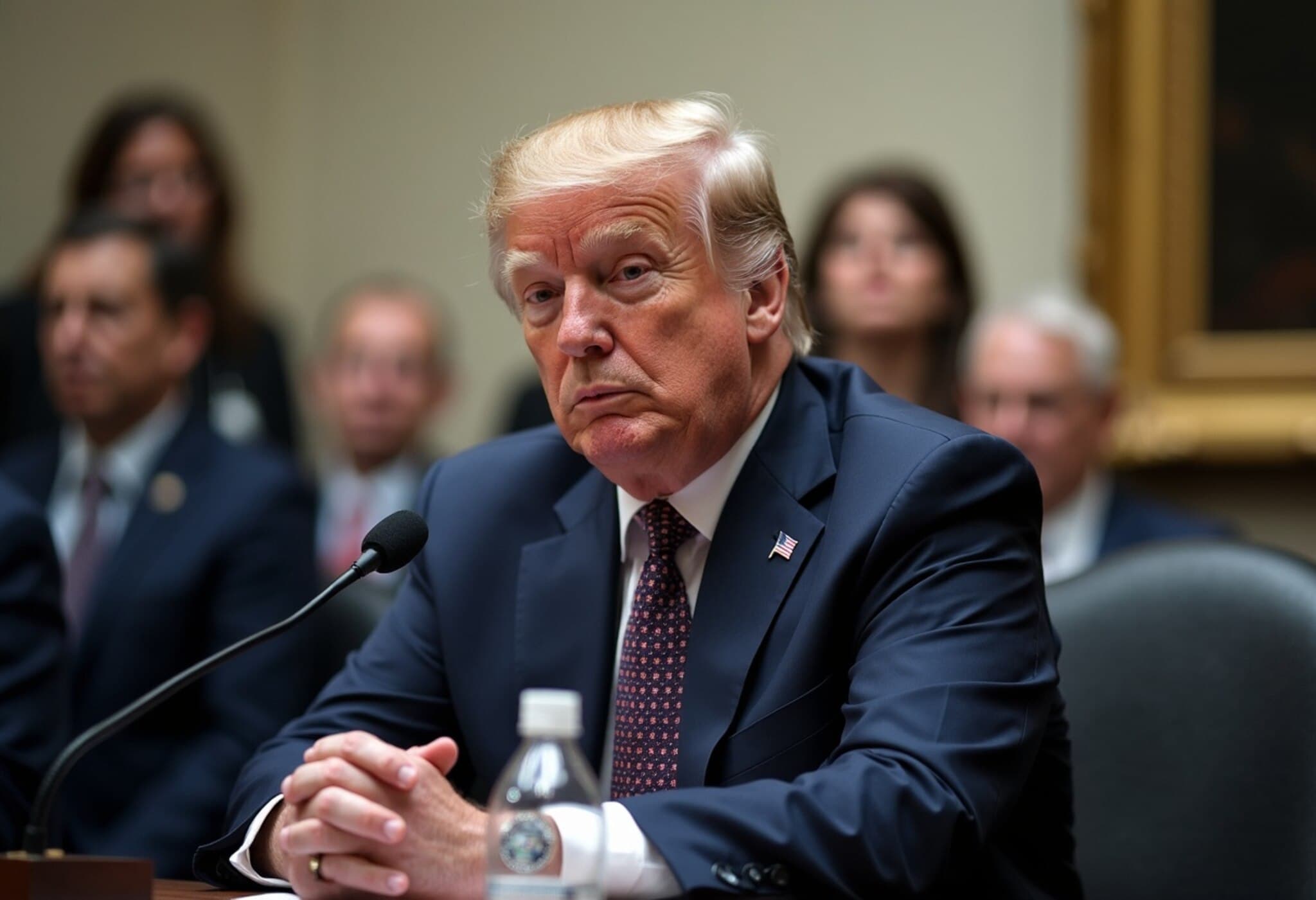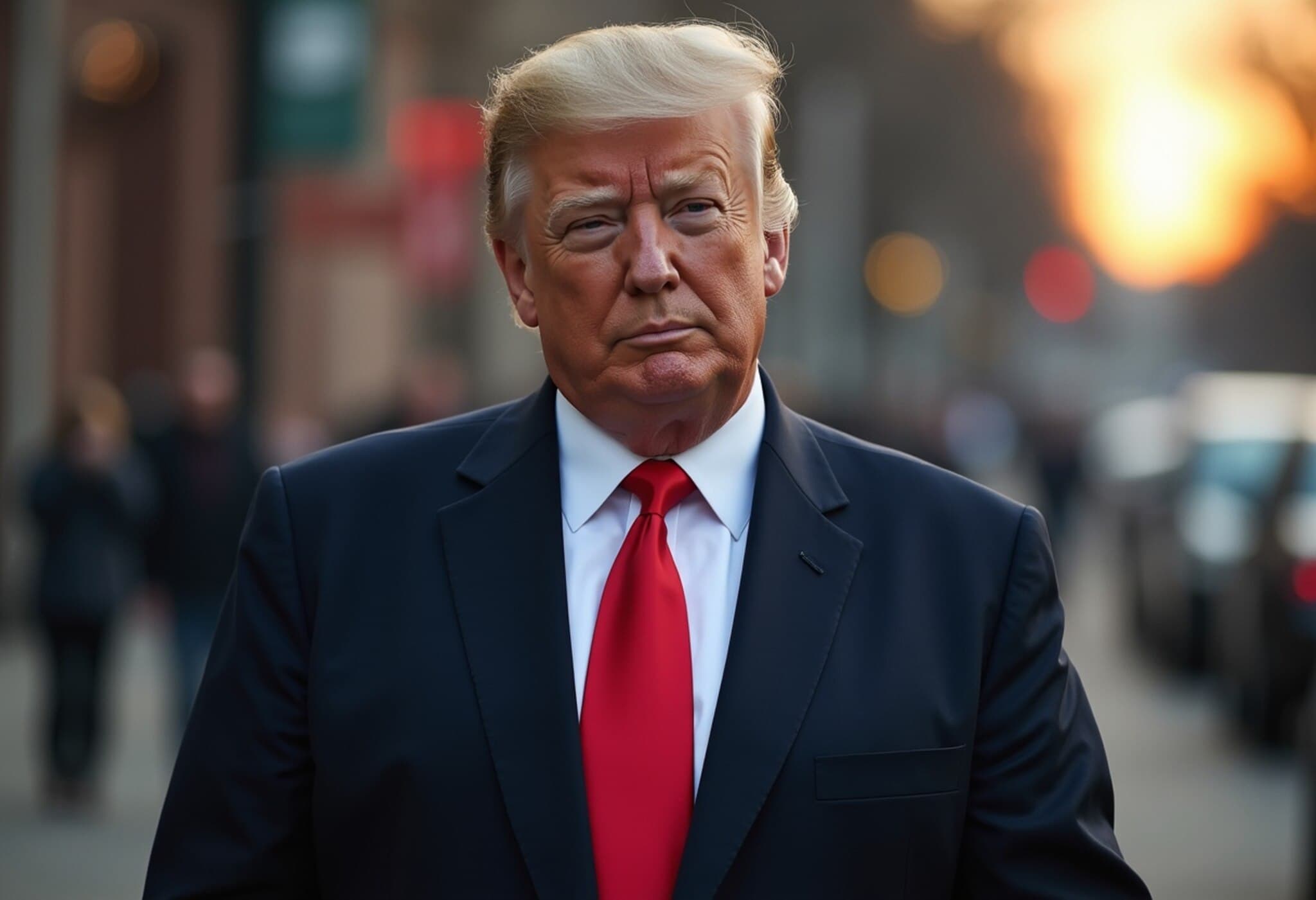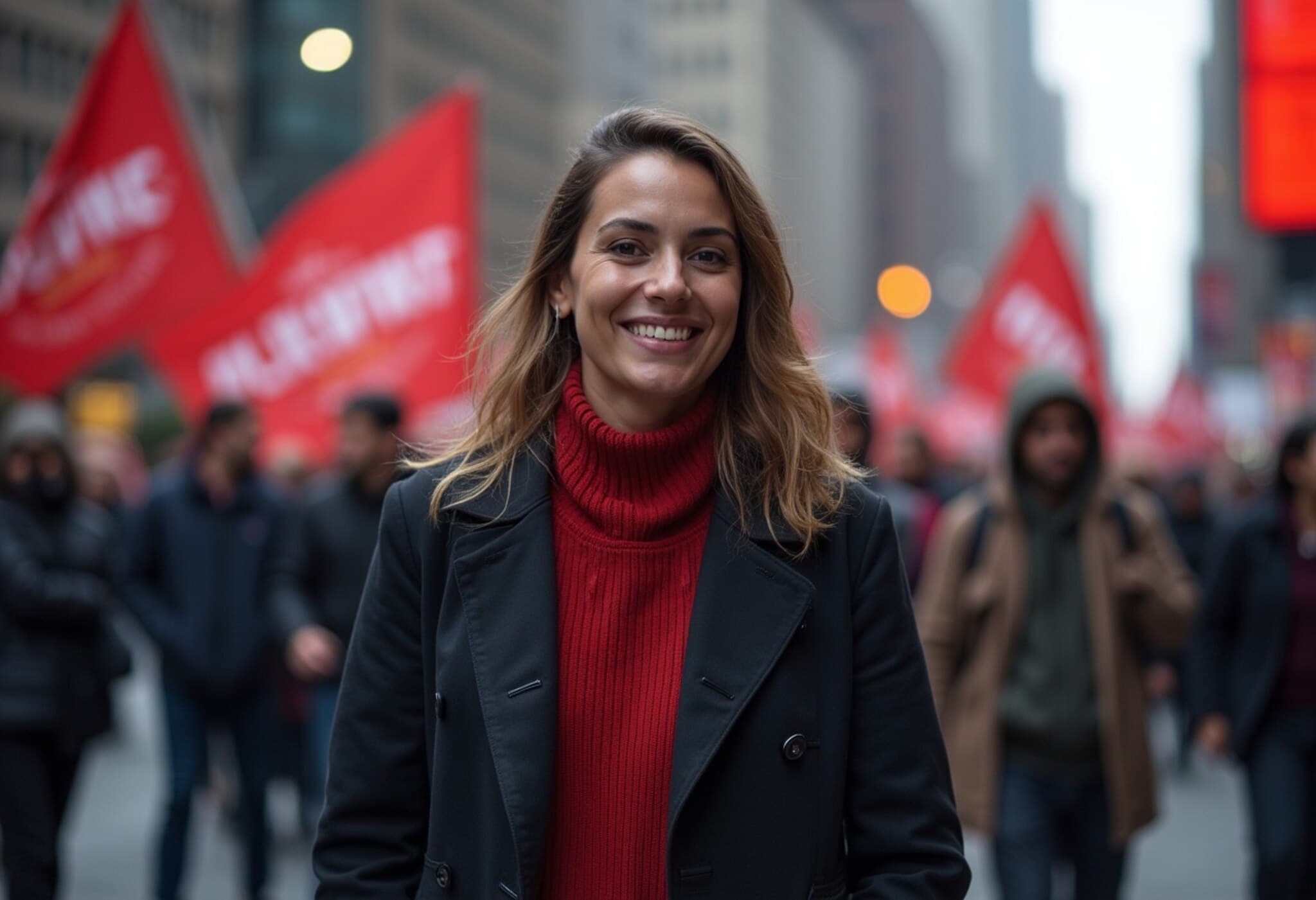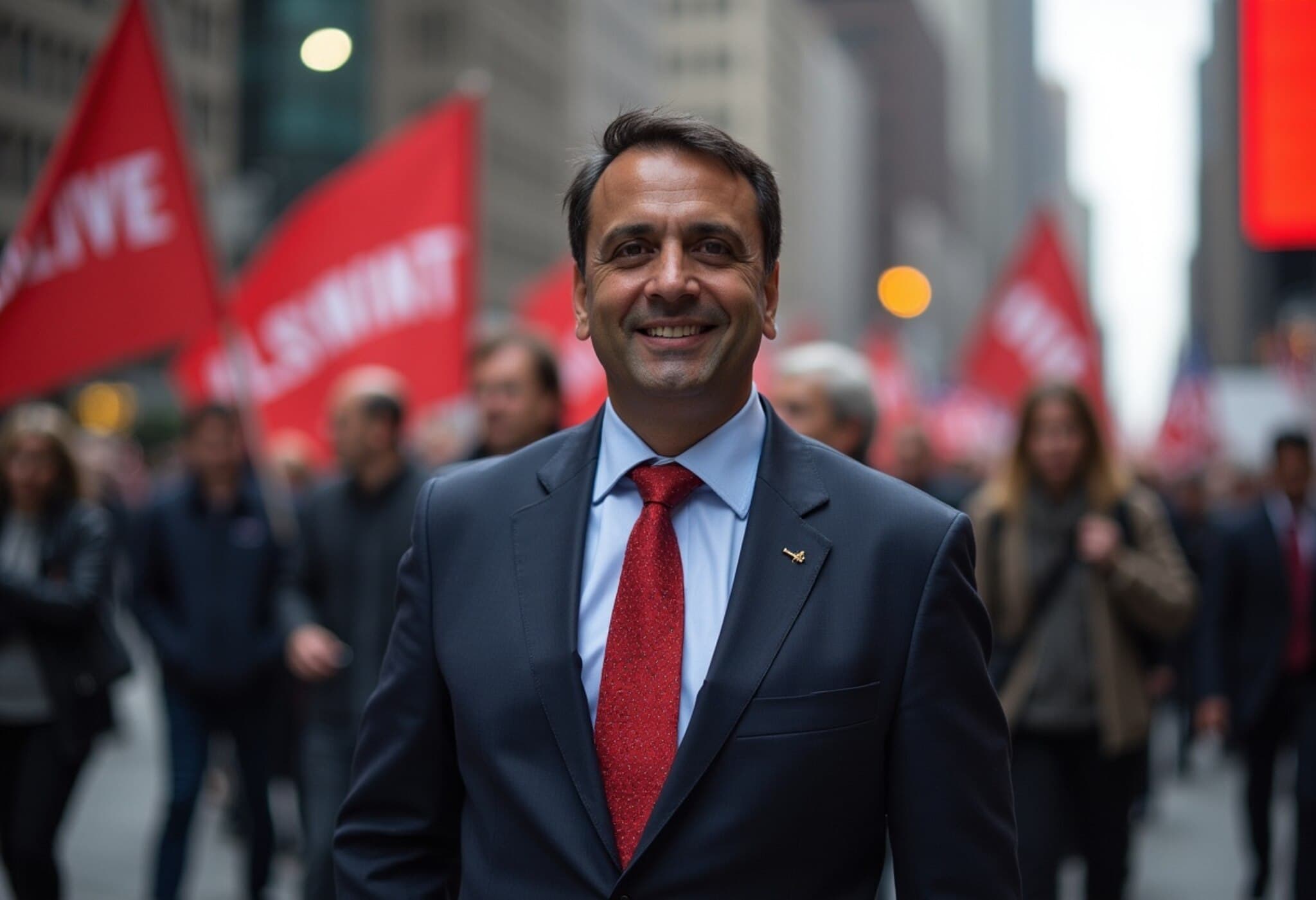The SAT Scores and Identity Question: Unpacking the Columbia Admissions Puzzle
In the intricate and highly competitive world of Ivy League admissions, every nuance counts. Zohran Mamdani, a rising figure in progressive New York politics, has recently found himself at the center of a heated debate concerning his college application to Columbia University. At the heart of the controversy lies Mamdani’s SAT score of 2140 out of 2400, a score that nationally ranks in roughly the 94th to 96th percentile and would typically secure admission to many elite universities. Yet, for Columbia—known for its brutal competition—this score was reportedly below the average for Asian applicants, the demographic group Mamdani belongs to through his Indian and Ugandan-Indian heritage.
Conservative journalist Christopher Rufo revealed that Mamdani designated both “Asian” and “Black” on his Columbia application, which has sparked questions about his motivations and the ethics surrounding racial identity in college admissions. Such disclosures have ignited discussions about the strategic use of racial self-identification within an admissions system that increasingly factors in race to promote diversity.
The High Stakes of Identity in Ivy League Applications
In the fractious arena of elite college admissions, racial identity often acts like a double-edged sword—opening doors for some while closing them for others. As Rufo points out, the median SAT scores for Asian applicants at Columbia hover between 2250–2300, making Mamdani’s 2140 notably below that threshold. However, his score likely surpasses the median for Black applicants, raising pointed questions on whether Mamdani’s marked identity was a strategic choice to enhance his admissions profile.
From Hip-Hop to Higher Education: Mamdani’s Unique Backstory
What often goes unnoticed is Mamdani’s eclectic journey before college. His initial SAT attempt yielded a lower 1650, which would generally be insufficient for top-tier schools. During this period, Mamdani was immersed in a hip-hop persona known as Mr. Cardamom, using his music to voice themes of gentrification, systemic oppression, and immigrant struggles in New York City. This fusion of personal identity and political narrative foreshadowed his later efforts in public office, where he blends cultural consciousness with progressive activism.
Columbia’s Rejection and the Role of Privilege
Despite his efforts, Mamdani was ultimately rejected from Columbia. Critics speculate this was due to Columbia’s extremely low acceptance rate of under 10% and the seeming disconnect between his claimed identity and his socio-economic background. Notably, Mamdani’s parents include Professor Mahmood Mamdani and acclaimed filmmaker Mira Nair, elite figures living in exclusive Manhattan neighborhoods—facts likely to undermine any narrative of socio-economic disadvantage.
Implications for Admissions and Moral Clarity
This case highlights a complex debate—should racial self-identification be treated purely as a matter of personal truth, or is there an ethical responsibility considering historical and systemic inequities? Affirmative action policies originally sought to rectify historic disadvantages, but cases like Mamdani’s expose how admissions systems might inadvertently incentivize strategic identity claims, blurring lines between moral clarity and tactical advantage.
Mamdani’s Political Career: A Contrasting Narrative
Despite the Columbia rejection, Mamdani earned degrees from Bowdoin College in Economics and Film Studies. Today, he represents Astoria, Queens, in the New York State Assembly, championing causes like rent control, universal childcare, and gender-affirming healthcare with unapologetic socialist fervor. His political approach contrasts sharply with centrist figures like Barack Obama, embodying a confrontational style that challenges establishment norms and privileges grassroots mobilization.
The Trump Comparison and Media Spotlight
Interestingly, Mamdani’s populist strategy—eschewing traditional party structures and rallying disaffected voters—has drawn parallels with former President Trump, despite their ideological opposites. Both leverage identity as a political tool, although Trump emphasizes whiteness while Mamdani highlights marginalized racial and religious identities. Recent public insults from Trump, branding Mamdani a “100% Communist Lunatic,” paradoxically bolster Mamdani’s credibility with progressive voters.
Behind the Controversy: Christopher Rufo’s Role and Broader Admissions Issues
Rufo, known for targeting critical race theory and elite liberal institutions, uses the Mamdani case to argue that progressive elites manipulate identity markers to advance their agendas. Yet, this perspective risks oversimplifying broader systemic issues, including documented biases against Asian-American applicants in Ivy League schools. Noted author Malcolm Gladwell has argued that Asian-American admission rates remain artificially capped to maintain demographic balance, placing applicants in a painful bind where exceptional scores do not always guarantee fairness.
Who Really Loses in the Race for Equity?
- Asian-American students face stiff barriers despite high academic achievement.
- Black and other minority applicants rely on affirmative action to address historic inequities.
- Elite admissions policies may unintentionally encourage complex identity negotiations.
Looking Ahead: What Does This Mean for New York’s Political Landscape?
With Mamdani’s campaign for New York City mayor underway, the Columbia saga raises important questions about authenticity, privilege, and systemic fairness. While many voters may prioritize issues like housing affordability, public safety, and economic opportunity, these revelations inject complexity into Mamdani’s image as a straightforward progressive disruptor. His framing of this episode—as either personal opportunism or a symptom of broader systemic failures—will heavily shape public perception.
Editor’s Note
Zohran Mamdani’s story serves as a microcosm of America’s fraught meritocracy and racial politics. It highlights the tensions between self-identification, institutional gatekeeping, and moral ambiguity. For readers and voters alike, it challenges us to consider how systems designed to promote equity may also demand compromises that complicate personal identities and values. The question remains: in a rigged game, how do we balance fairness, authenticity, and strategy without losing sight of justice?



















